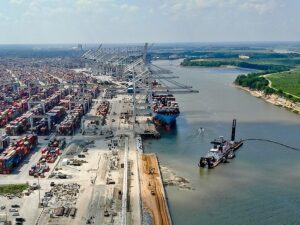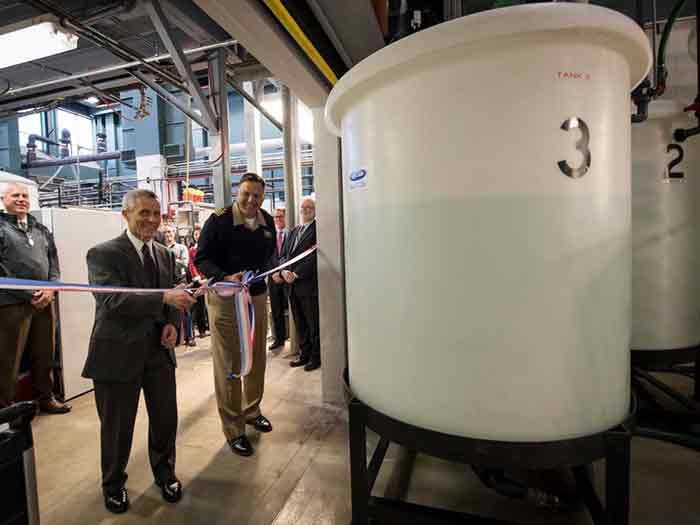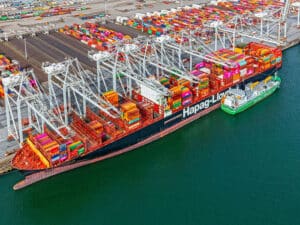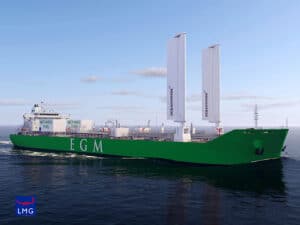
Navy looking for own ballast water management system
Written by Nick Blenkey
Carderock Technical Director Dr. Tim Arcano and Commanding Officer Capt. Mark Vandroff Tim Arcano commission the Ballast Water Research Lab in a ribbon-cutting ceremony
DECEMBER 15, 2016 — The Navy’s prestigious Naval Surface Warfare Center, Carderock Division, has just commissioned a new Ballast Water Research Laboratory at its headquarters in West Bethesda, MD.
Navy ships are not subject to the ballast water management requirements of either the IMO BWM Convention or the U.S. Clean Water Act. Still, the Navy is under pressure to play its part in limiting the spread of invasive species.
“I am extremely proud to have a Ballast Water Research Lab here at Carderock because this is good for the environment,” says Carderock Commanding Officer Capt. Mark Vandroff. “With our ships going all over the world, we have to be able to comply with such environmental demands or we’re not going to have the access we need to fulfill our mission. The addition of this lab is really going to enhance our fleet.”
But why can’t the Navy just fit any of the commercially available ballast water treatment systems?
“Unlike major commercial transport ships that have dedicated transit lanes, the U.S. Navy goes all over the ocean,” says Rita Schuh, the Ballast Water Management Technical Area Leader and environmental engineer in the Carderock Wastewater Management Branch. “Navy vessels are not always going to be in the same kind of water in the same part of the world, and are not held to the same limitations. So we need to be able to ballast everywhere—in all conditions, all salinities, and all temperatures. It is important to find a really robust treatment of ballast water that doesn’t limit our operations.”
Through the use of the new lab, engineers and scientists at Carderock will be able to study ways to treat ballast water, giving researchers the capability to replicate the salinity and sediment profile of any body of water in the world. It is planned to add a nursery, which will give researchers the ability to grow and culture their own organisms.
The Ballast Water Research Lab’s setup spans two levels. Water is pumped from the salt-control tank and the sediment-control tanks on the ground floor to the mix tank on the mezzanine level. Eventually, the nursery tanks will be housed on the mezzanine level where organisms can be added in the mix tank and then fed into systems under evaluation. Engineers and scientists can then test the status of the organisms and other parameters in a sample tank on the ground floor.





Leave a Reply
You must be logged in to post a comment.